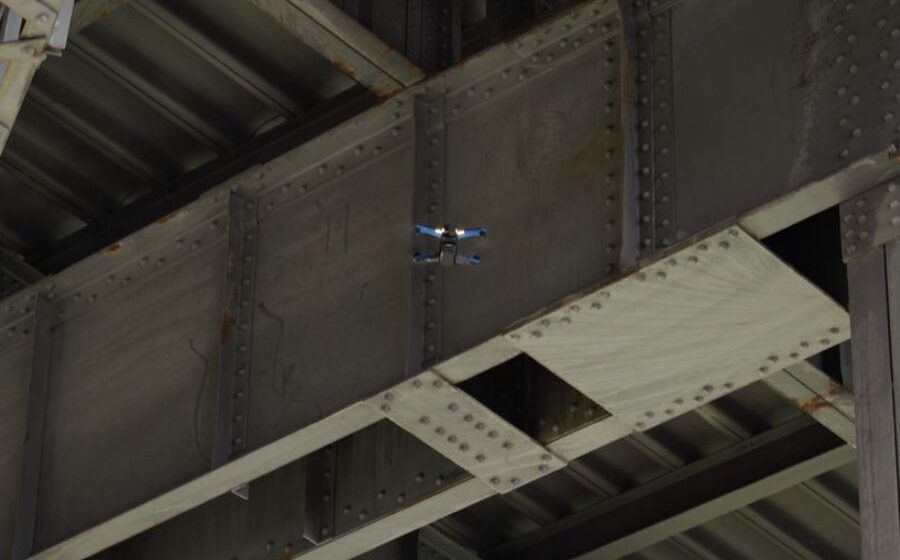The iconic Sydney Harbour Bridge is now being surveyed and maintained using drones and soon other infrastructure across the state may benefit from the new technology.
In an Australian first, drones equipped with artificial intelligence are being used to map the maintenance needs of bridges across the state, starting with the Sydney Harbour Bridge.
“The sky is the limit as we revolutionise the way we maintain the Sydney Harbour Bridge. She’s 90 years old and she is in great shape but like all of us she needs to keep up with maintenance from time to time,” Minister for Metropolitan Roads Natalie Ward said.
The government hopes this technology can be used on bridges big or small across the state.
“It doesn’t matter if it’s the Sydney Harbour Bridge or a bridge out the back of Bourke,” Minister for Regional Transport and Roads Sam Farraway said.
“In NSW we have a network of over 6000 bridges, they’ve all got to be maintained, they’ve all got to be inspected.”
The waterproof drones are decked out with powerful computers and six HD cameras so each device can capture every nook and cranny of a bridge.
“(There are) 4100 elements that we need to inspect regularly, 485,000 square metres of steel and paint that needs to be inspected and maintained and that takes a lot of time and effort,” Transport for NSW Director Roads Maintenance Jeremy Hards said.
“The AI technology with the drones means they can get to all those hard-to-reach places on the bridge and get on top of the maintenance and what we need to do quickly and efficiently,” Ward added.
The technology can render a three-dimensional map of the drone’s surroundings to make it easier to check what needs to be maintained.
“I’m quite excited to see that we’ve reached the point to leverage this technology to get as close as possible to the bridge and do an inspection,” Transport for NSW Director Infrastructure Technology Services Houmain Hatamian said.
The drone’s waterproof technology can also provide an underwater insight into a bridge which Ward said will be particularly useful in the wake of a flood.
“After a disaster, we can get in there and prioritise where we are effectively providing maintenance,” Ward said.



